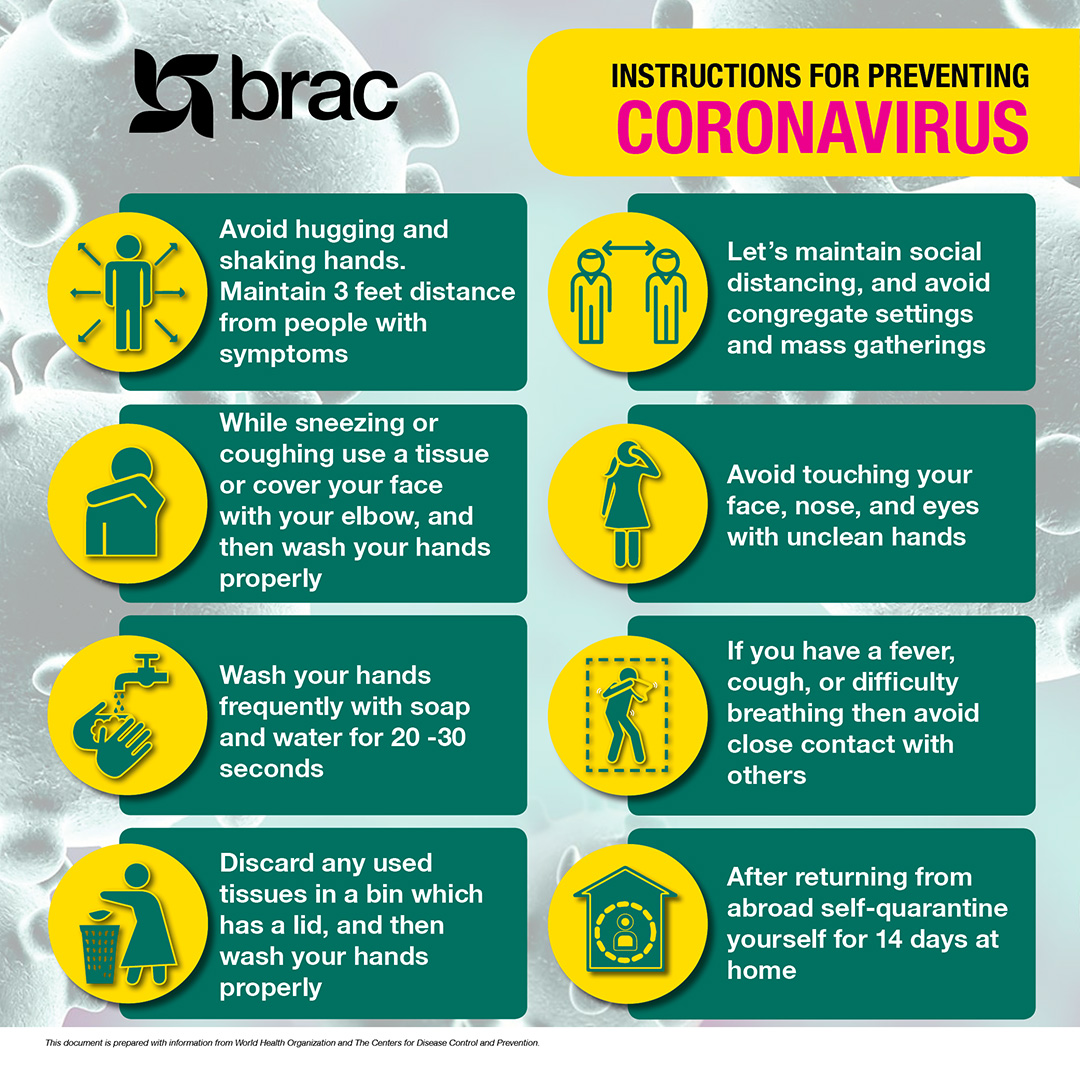Reading Time: 3 minutes
Panic and pandemic are in the air. Cough etiquette and social distancing are the new buzzwords.
Granted, the novel coronavirus is the newest threat to humans, and new information is being discovered as we write. What do we know about this virus, so far? How can we utilise this information to keep ourselves and our loved ones safe?
The basics
The virus originated from an animal and infected a human host, in December 2019 at a seafood market in Wuhan, China. Since then, it has been able to travel the world through human hosts, infecting about 169,300 people worldwide – according to data from John Hopkins University, which has been mapping the 2019-nCoV outbreak.
This strain of the coronavirus attacks the respiratory system, causing a disease called COVID-19. According to the World Health Organisation, the infection can sometimes cause pneumonia, kidney failure, and even death.
Good news: In about 80% of the cases, COVID-19 is self-limiting, meaning patients will recover on their own without needing external medical assistance.
Bad news: The elderly and those with comorbid conditions such as diabetes, heart problems, and asthma, run the most risk of becoming seriously ill from COVID-19. This doesn’t mean young people are off the hook – the novel coronavirus is extremely infectious/contagious. That’s why healthy, young people run the risk of transmitting the virus to people around them, and thus, need to practice basic hygiene measures at all times.

How do we catch COVID-19?
When we sneeze or cough, we let out tiny droplets into the air. When an infected person does this, they allow for the virus to spread. The droplets either land on surfaces around the person, and other people catch it by touching the surfaces, then touching their eyes, nose, or mouth with contaminated hands.
It is also possible to become infected if one is too close to an infected person (via their cough or breath) and WHO recommends that people stay at least three feet away from people exhibiting signs of sickness.
How do I know I have it?
It is easy to confuse COVID-19 with a common cold or the flu (it is flu season after all), but fever with a dry cough is enough to merit seeking medical assistance. Symptoms can take about 2-14 days to appear.
WHO says people can catch the disease from someone who does not even feel unwell, but as a mild cough. The subtle ways in which the disease manifests makes vigilance extremely important.
Squeaky clean and super safe
Practicing hygiene is the best way to stay safe from the virus. Why? A layer of lipid (oily fat) surrounds the novel coronavirus. Soaps are designed to break apart grease and fat bonds, and so when we effectively wash our hands (watch a quick video on the proper way to get our hands squeaky clean), the soap breaks through the outer layer of the virus, making it difficult for the virus to survive for long.
As we live through this pandemic, it is important that the practice of washing hands is instilled in every single person. Washing hands should be done routinely and mindfully.
There are obvious signs of when to wash hands, such as when they are visibly unclean, or after touching something dirty or using the loo. But in these drastic times, we should also be mindful to clean up:
After sneezing or coughing
Before and after caring for someone ill
Food – before and after preparing food, as well as eating it
Under the weather?
Feeling unwell and coughing? Mask on. If there is a shortage of resources, masks should be kept for those who are sick and those caring for them. Note that disposable masks should be changed every eight hours.
Cough etiquette is important in the midst of an outbreak such as this. When coughing or sneezing, it is recommended to do so in a tissue (to be discarded in a closed bin), or into our elbow – not our hands.
As the world discovers the novel coronavirus a little bit more each day, we would do well to not panic. Keeping an eye out for new information on the virus can help us understand our actions a lot better (WHO is a great source – read their myth-busting on the virus). Even amidst the pandemic, prevention is simple.
We can all do our bit to prevent the spread of COVID-19, even if we haven’t been infected. By steering clear of crowds, keeping ourselves and our spaces clean, and not touching our face, it is possible to keep the novel coronavirus at bay. We can, at the very least, slow the spread of COVID-19.
Luba Khalili is a deputy manager at BRAC Communications. Dr Anabeel Sen is a sector specialist of BRAC’s health, nutrition and population programme.





